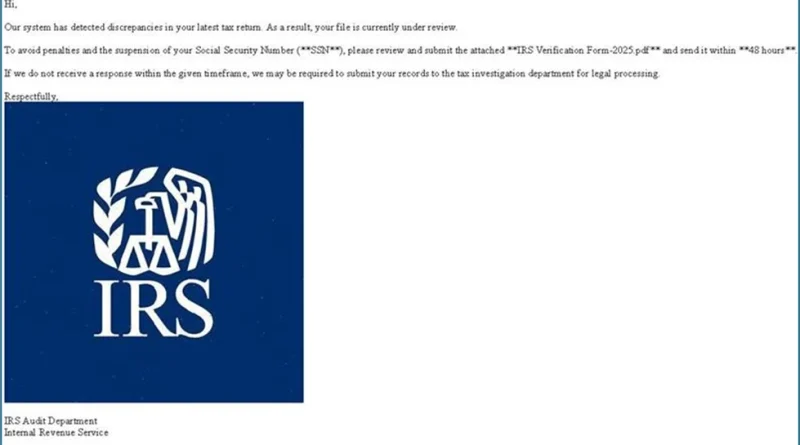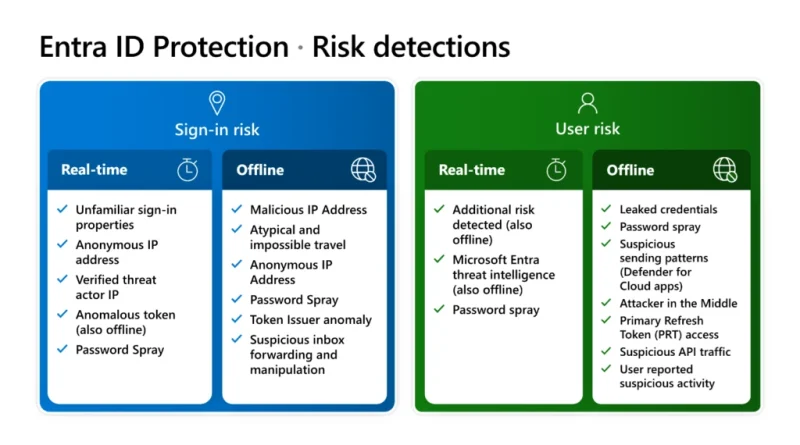Meet the Deputy CISOs who help shape Microsoft’s approach to cybersecurity
Meet the minds behind how Microsoft prioritizes cybersecurity across every team and employee. Three deputy CISOs share their experiences in cybersecurity and how they are redefining protection.
The post Meet the Deputy CISOs who help shape Microsoft’s approach to cybersecurity appeared first on Microsoft Security Blog. READ MORE HERE…









